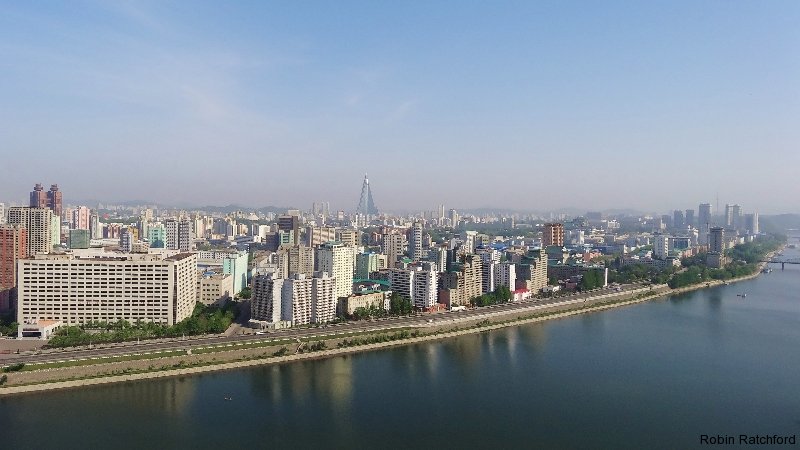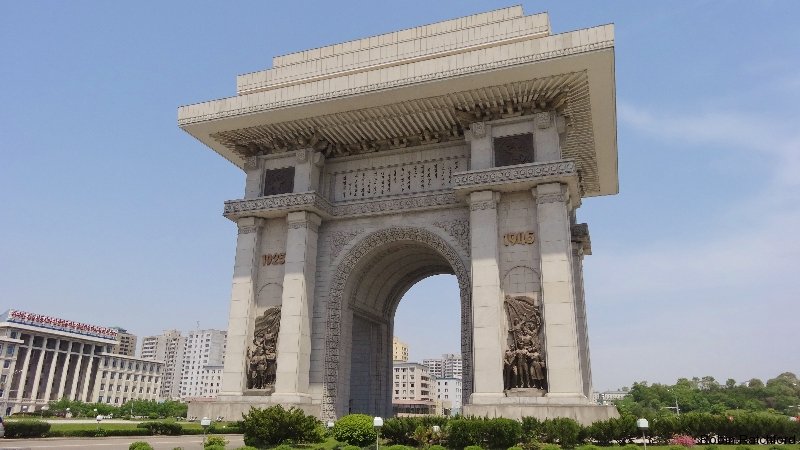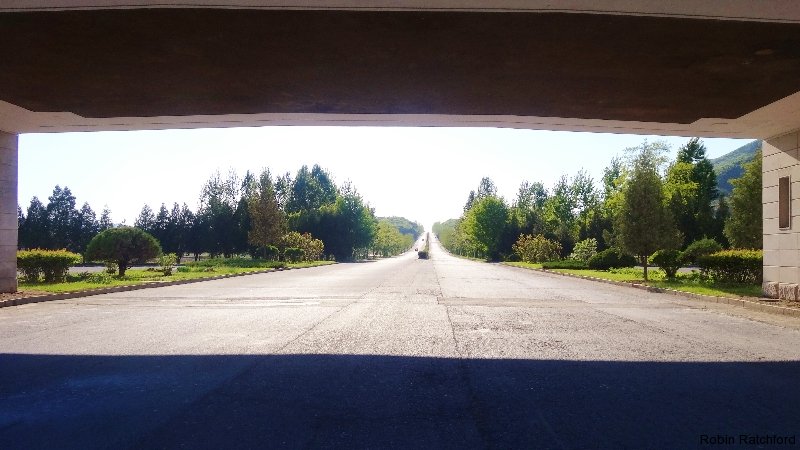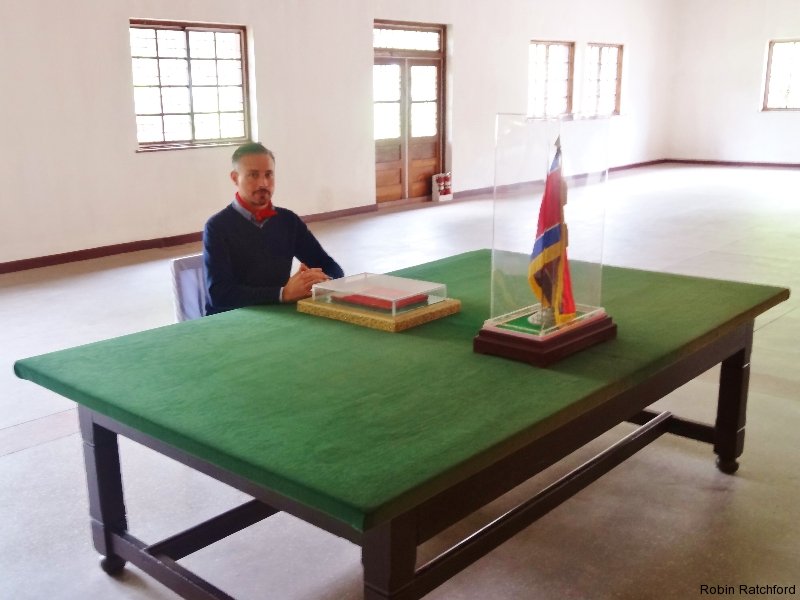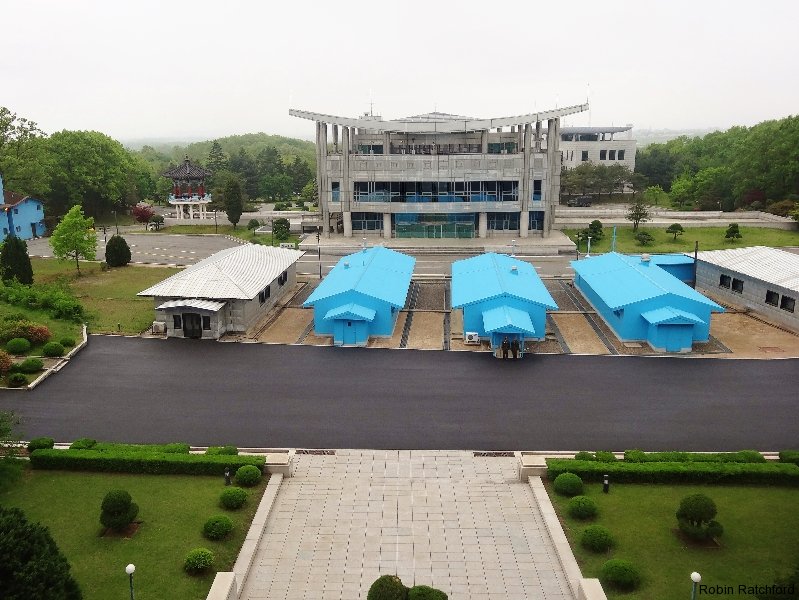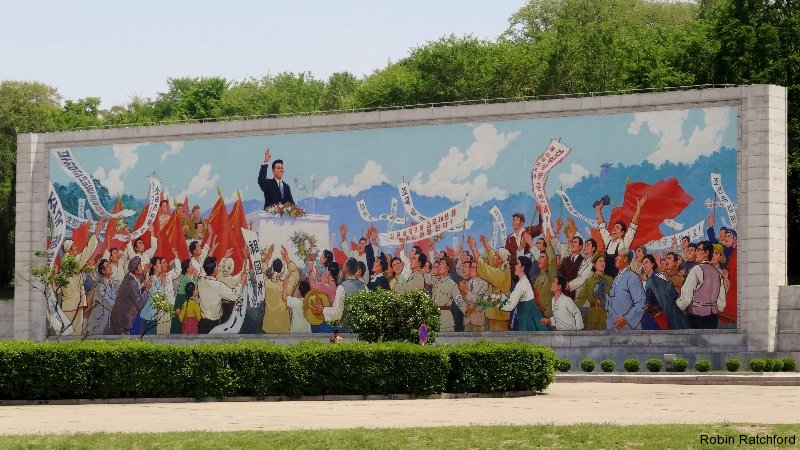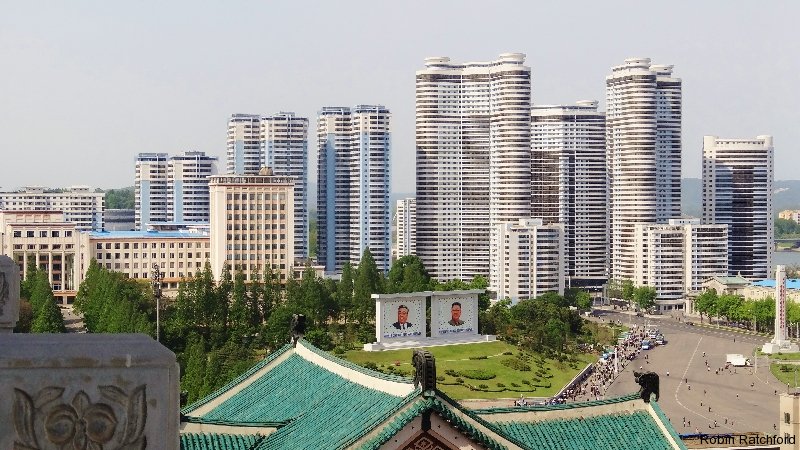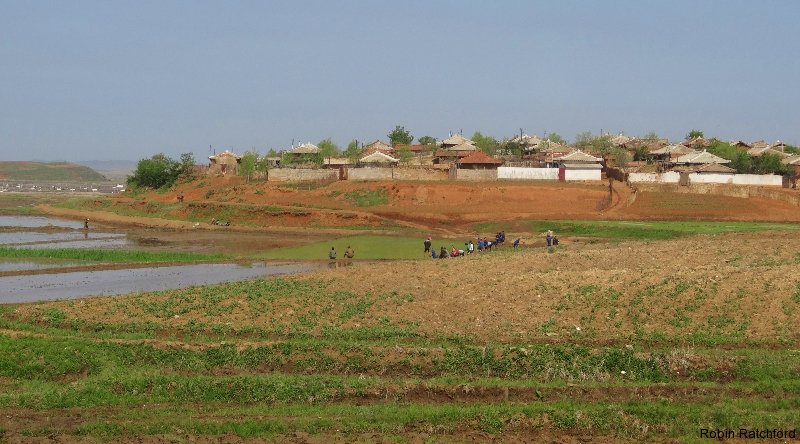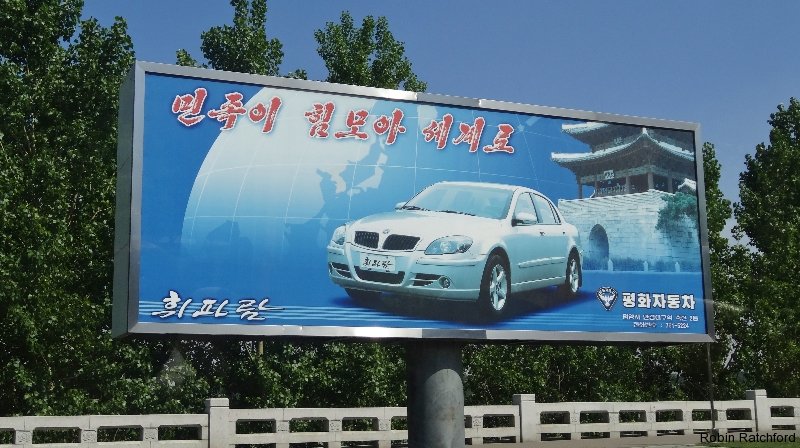A Visit to the Hermit Kingdom
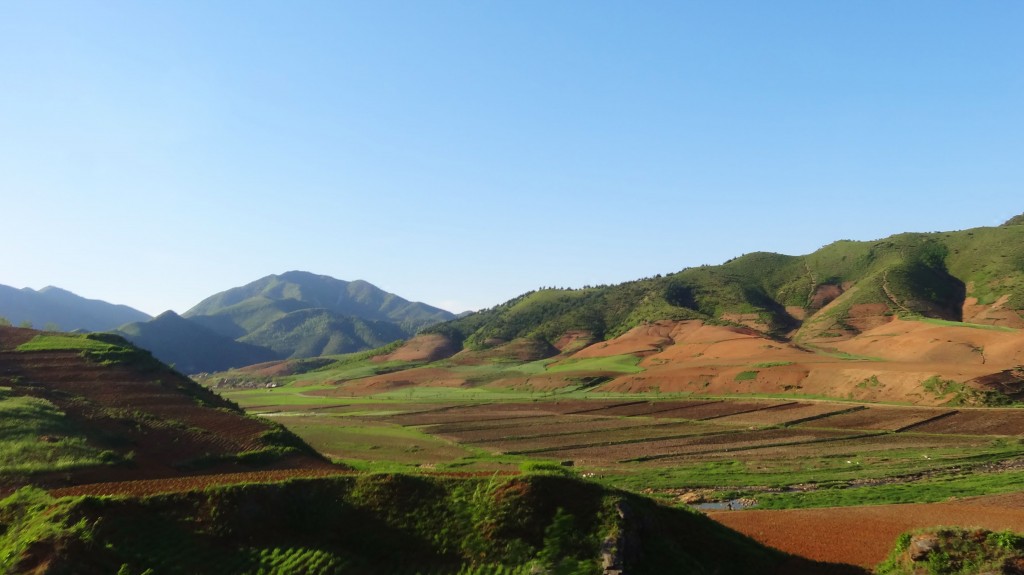
North Korea is perhaps not the first place many people would think of for a holiday, but if you look beyond the newspaper headlines there is a fascinating country well worth a visit.
The Korean peninsula has a long and rich history. The first kingdom there was founded in 2333 BC. Others followed and competed with each other during the Three Kingdoms era, but it was not until 933 under the King Taejo of the Koryeo Dynasty – which is where the name ‘Korea’ comes from – that the peninsula was united. Its centre was Pyongyang, today the capital of North Korea.
[highlight style=”yellow” ][/highlight]
Click on the pictures below to see the captions.
In 1392, the Koryeos were overthrown by the Joseon Dynasty, which would rule Korea until 1897. In 1394, the capital was moved south to Hanyang, modern-day Seoul. In the 17th–19th centuries Joseon became increasingly isolated from the outside world and dependent on China for external affairs.
By the mid-19th century, though, the Joseon rulers gradually began to open up to the outside world. In 1876, Korea signed a trade treaty with Japan and six years later agreed one with the United States, ending centuries of isolationism for the ‘Hermit Kingdom’. In 1897, Joseon was repackaged as the Korean Empire only to become a protectorate of Japan eight years later, before being annexed by the Land of the Rising Sun in 1910.
Korea splits into two
At the end of World War II, Japanese rule came to an end and the Korean peninsula was divided along the 38th parallel into two zones by the victors. The northern half was occupied by the Soviet Union and the southern part by the United States.
In the north, a Provisional People’s Committee for North Korea was set up, headed by Kim Il-sung. He introduced sweeping land reforms and nationalised key industries. Talks on the future of Korea were held, but without result, and hopes for a unified, independent Korea faded as the politics of the Cold War saw the creation of two separate countries with profoundly different political, economic, and social systems.
In May 1948 South Korea declared its statehood and North Korea – or the Democratic People’s Republic of Korea (DPRK) to give it its official title – came into being a few months later.
In 1950, war broke out when North Korean forces crossed the 38th parallel to invade the South. China backed the North, while the US and its allies fought with South Korea. When the fighting ended in 1953, the borders between the two countries were much the same as before, but more than one million civilians and soldiers had been killed.
Relations between the North Korean government and South Korea remain tense and a heavily guarded demilitarized zone on the 38th parallel still divides the peninsula. Even so, it is possible to visit the demilitarized zone.
North Korea today
Today, North Korea is a socialist republic with the state controlling the means of production. The official ideology is known as Juche or self-reliance. The current leader Kim Jong-un, grandson of North Korea’s founder Kim Il-sung, is the third generation of the family to rule the country. Large portraits of his two predecessors are widespread and laying flowers at the base of one of the many huge statues of them is considered a must.
Having talked to people who had been, I was curious to see for myself what the country was really like. Of course, in any visit, one only gets a partial view of a country, but I always find that even a short trip is much better than not going at all.
Visitors to North Korea must be accompanied at all times by official guides or travel with a group, also with government guides. Even so, it was a fascinating experience. In some respects, the country was how I imagined it to be, its wide, almost carless streets lined with tower blocks reminding me of East Germany before the fall of the Berlin Wall.
Yet, in other ways I was surprised. The place was much greener than I expected: all those media reports about socialist architecture seemed to have created in my mind a vision of a land almost entirely covered in concrete. In fact, the countryside we were shown was often very pretty and Pyongyang had many parks and colourful formal flowerbeds.
The people we were able to interact with were friendly, if a little shy and reserved. It might be a cultural thing, but as we drove along the tree-lined avenues of the capital, the children walking along the broad pavements appeared to be smiling and laughing a lot more than their counterparts I am used to seeing in Europe. Perhaps absent the array of hi-tech gadgets and toys children here seem to crave (or ‘need’), those in North Korea have a more simple childhood…
Like their colleagues the world over, our official guides were keen to show us the best of their country. In the short time available we got a fascinating glimpse of an unusual country in a region with a 5000 year history. Having been to North Korea, I am now keen to visit its southern neighbour!
You can read more about my experiences in North Korea in Somewhere Over The Rainbow.
RETURN

